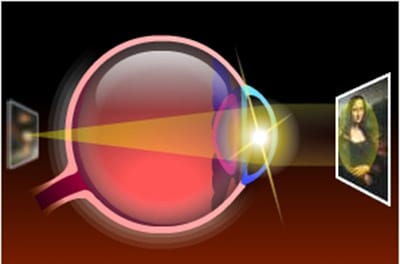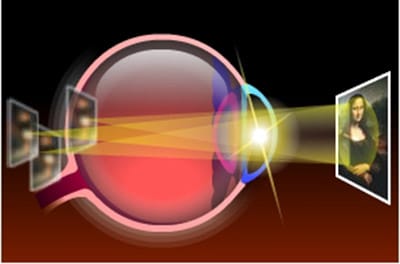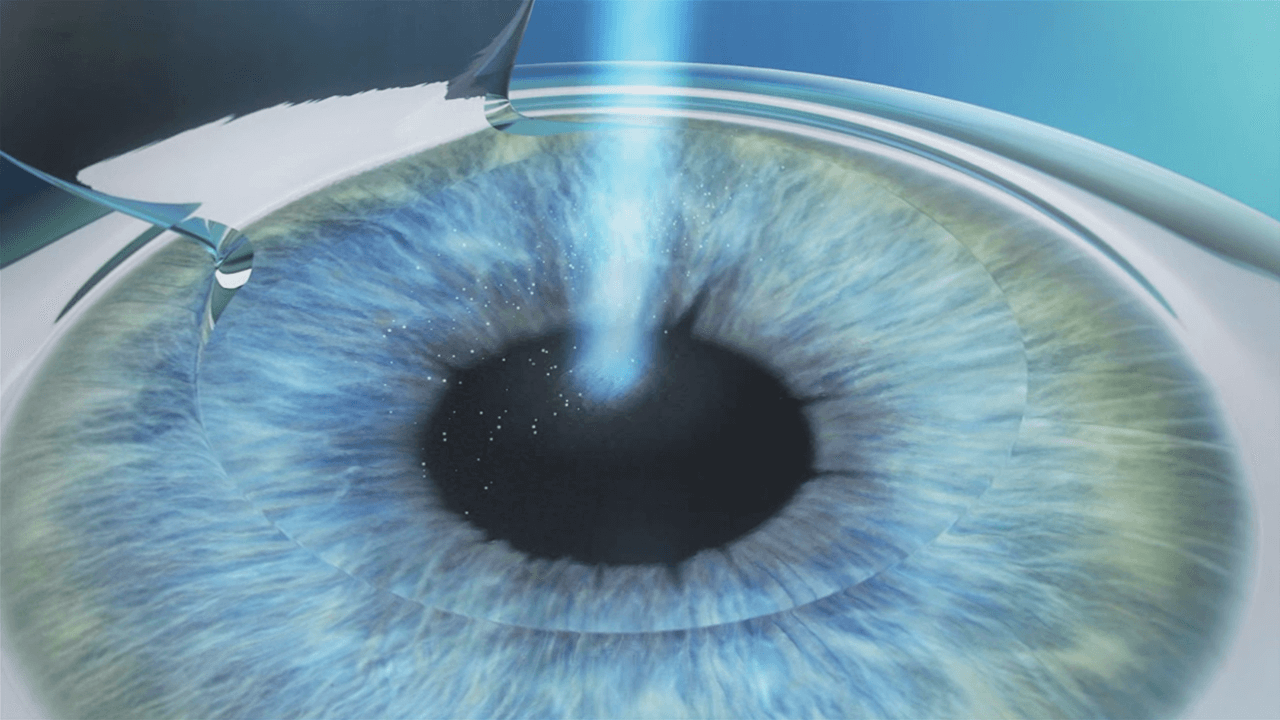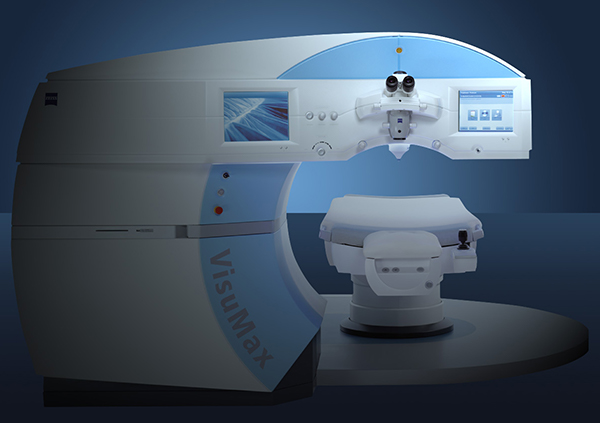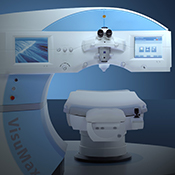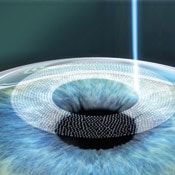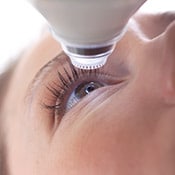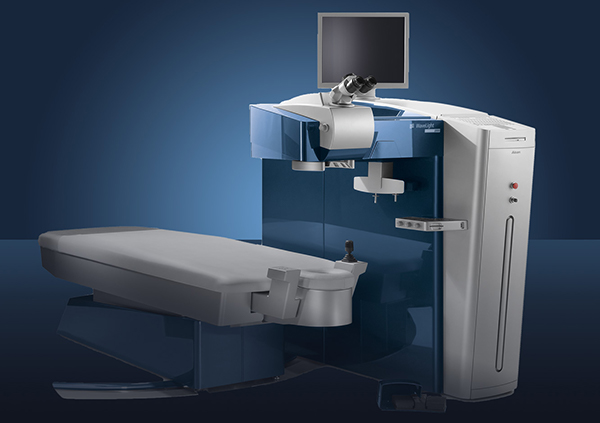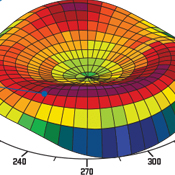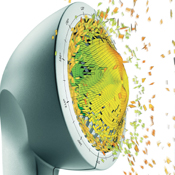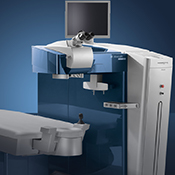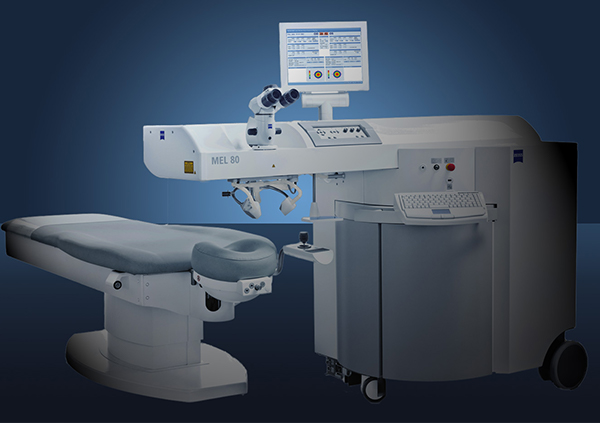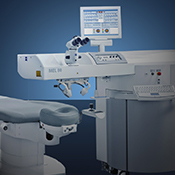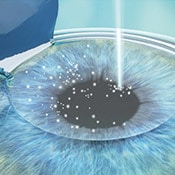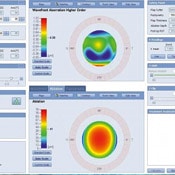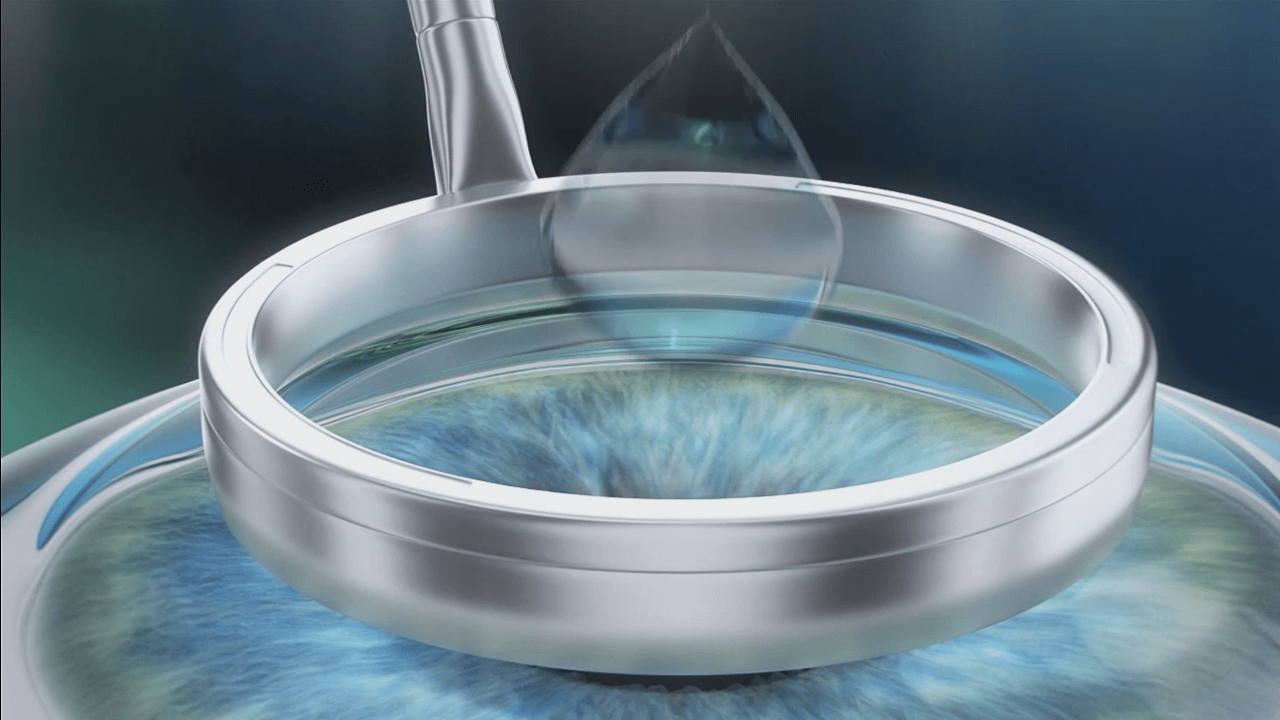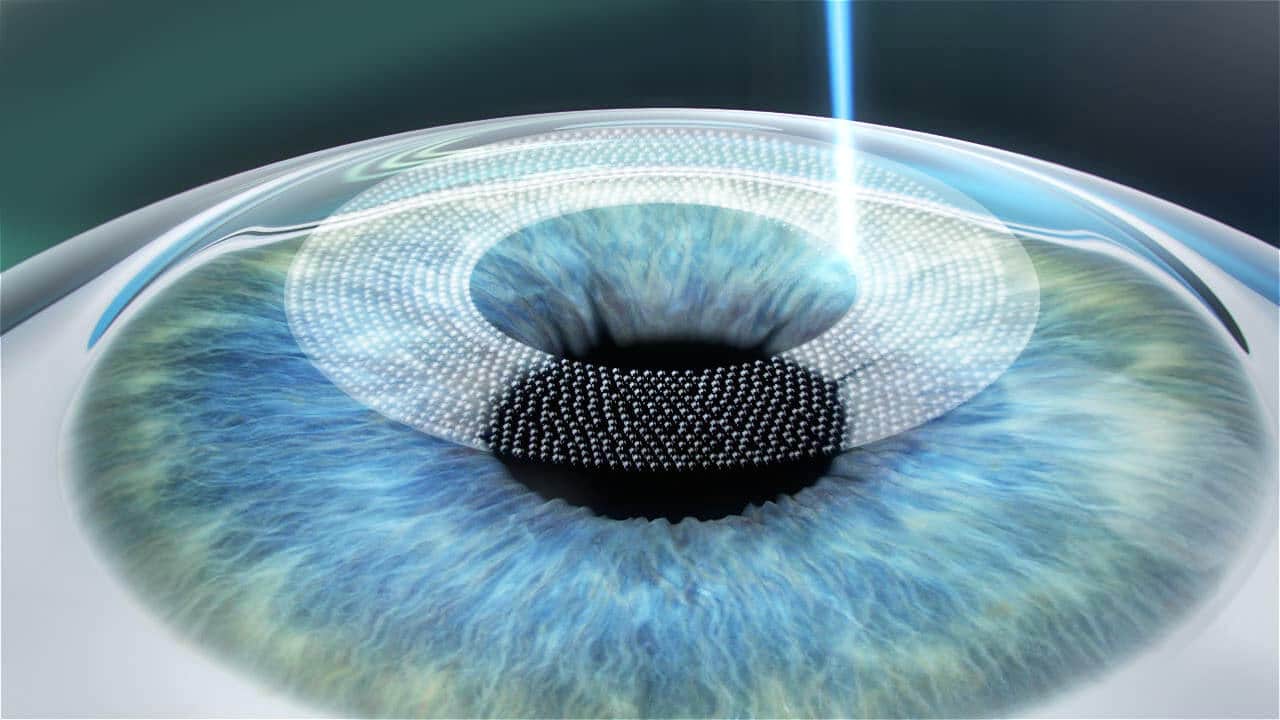While LASIK is one of the more commercialized terms, it is actually just one of many procedures that fall under the broader category of Laser Vision Correction (LVC). Most often when someone tells you they have had LASIK, they may have actually had one of the many similar procedures available. No single vision correction procedure is best; each has its benefits and drawbacks. Our expertise in vision correction ensures that we can craft a treatment plan specific to your unique optics, medical history, occupational and lifestyle needs to deliver outstanding results every time.
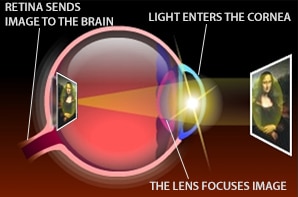
Understanding how we see is important to understanding how vision correction works. When we look at an image, light passes through the outer most part of the eye called the cornea. From there, the light passes through our lens. The lens is the portion of the eye that is responsible for focusing on objects, either in the distance or up close. As we age it loses its ability to focus resulting in the need for reading glasses. Finally, this image is projected onto the retina, which transmits the image to the brain via the optic nerve. Imperfections in vision can be caused by any three of these functions (cornea, lens, and retina).

